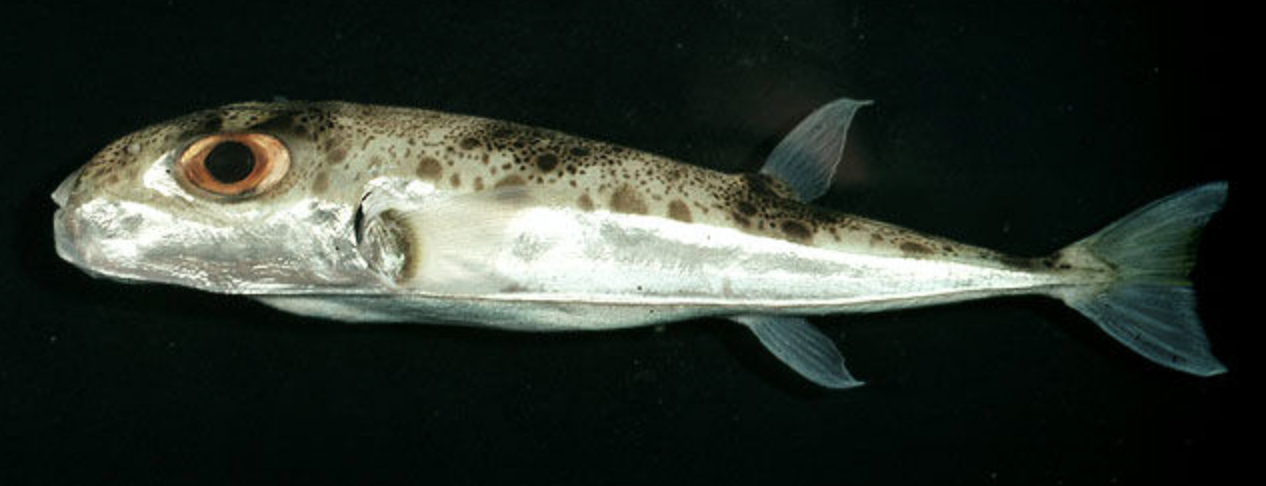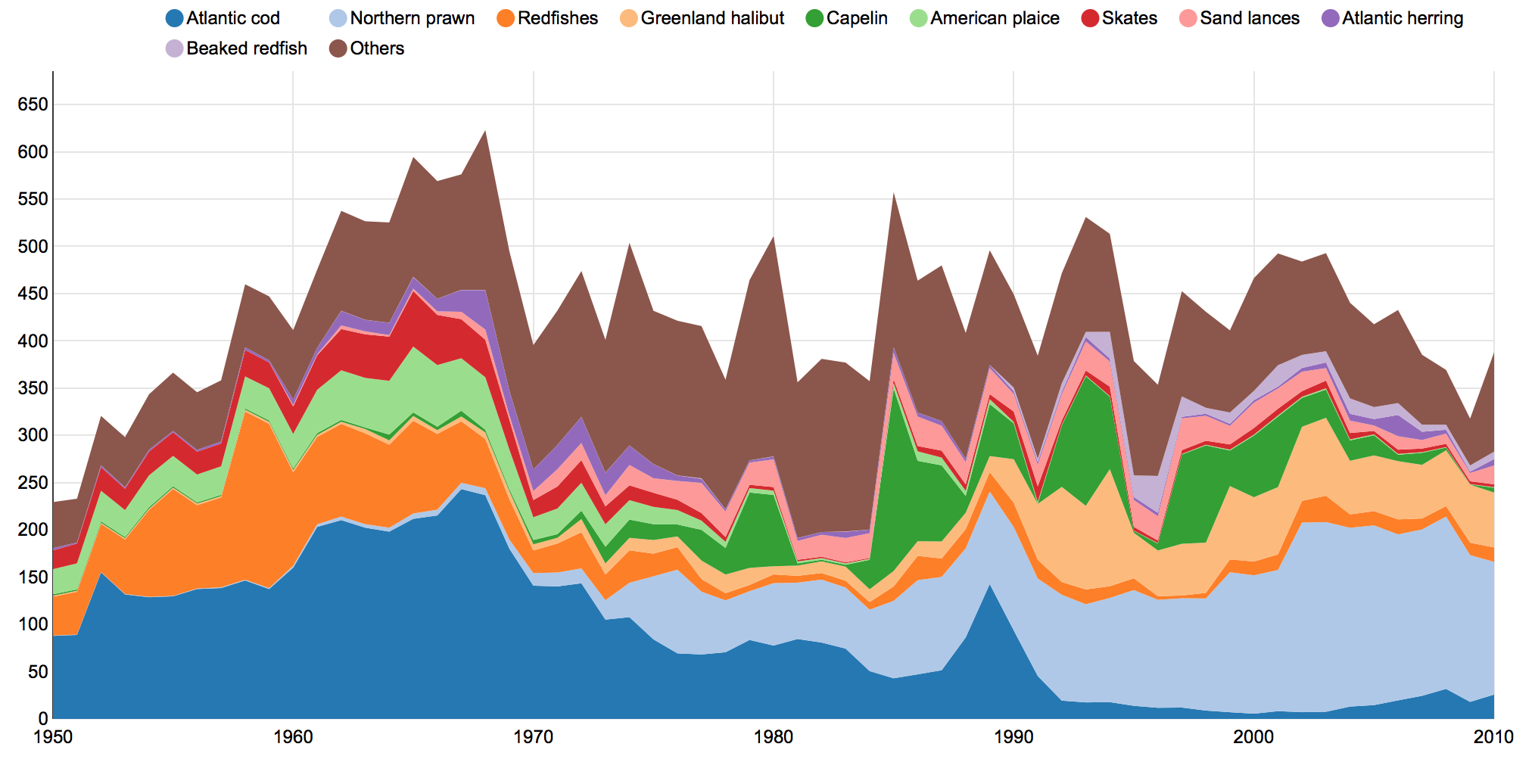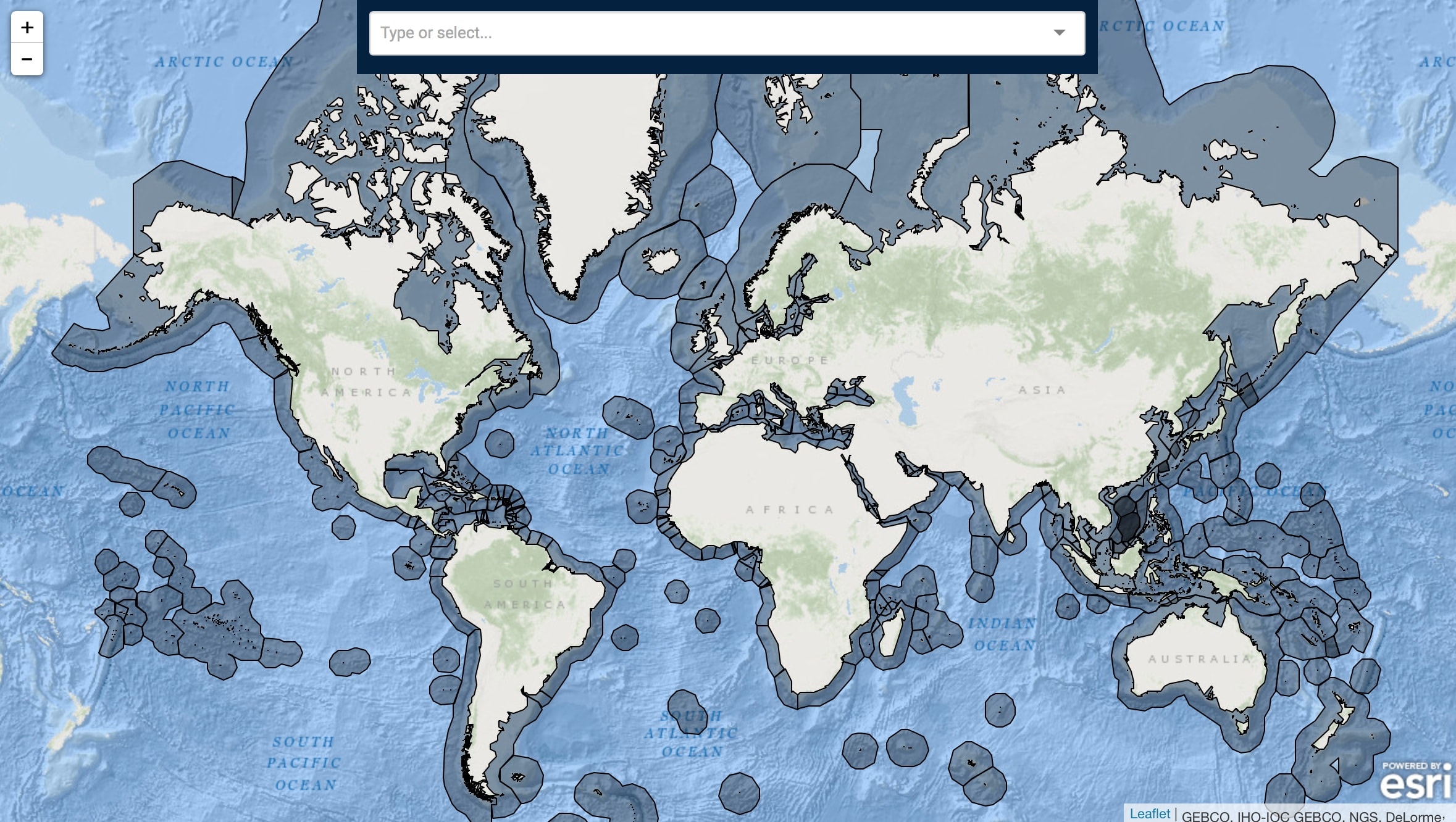The recent expansion of the Suez Canal in August 2015 doubled its shipping capacity, yet many scientists are worried that an increased flood of invasive species will enter the Mediterranean along with the increased marine traffic.
A recent New York Times op-ed, written by Rachael Bishop, included two Sea Around Us collaborators who study the devastating effects of invasive fish in Mediterranean waters. Continue reading





